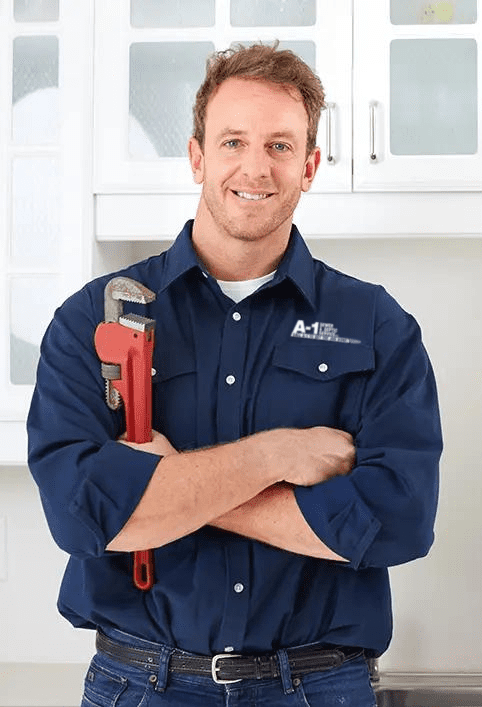If you live in an older home and you know that you have old plumbing, there’s a strong possibility that your pipes are made of iron, steel, or lead. These materials are no longer used in household plumbing and today’s water pipes are usually made of copper, although polyvinyl chloride (PVC) pipes are gaining in popularity as well.
If you have old iron pipes, you should consider replacing them with copper or PVC pipes, and if your pipes are made of lead, then they should definitely be replaced.
Why Choose Copper Pipes:
Some reasons why copper could be the best alternatives for your plumbing system:
- Non-toxic. Copper tubing is not only a natural material, but it is safe for people’s health. PVC pipes and PEX pipe (cross-linked polyethylene) type pipe materials are also safe, whereas metal pipes that are not lead-free, IE lead pipes, are highly toxic and corrosion can allow it into the drinking water system.
- Copper doesn’t absorb other substances when it’s exposed to contaminants, thus it protects the household water supply. PVC and PEX pipe are also safe materials that can carry drinking water. Most new homes have either PEX pipe or copper pipe, and older homes will be more likely to have just copper pipes, steel pipes, or other types of plumbing pipes may be used for water lines, drain lines, water supply to the home, and more.
- Corrosion and lifespan – Iron pipes corrode easily, whereas copper pipes do not, and can last typically between 50-70 years, whereas PEX pipes last 30-50 years. However if homeowners run their water heaters on high and run extremely hot water through the PEX pipes (180*F or higher) or if there are high levels of acid or chlorine
- Due to the “ductile” quality of copper pipes, it’s softer than iron and lead and therefore easier to work with and build up the layout needed for the project at hand. PVC and PEX are also much easier to shape.
- Copper usually means lower installation costs because it’s easy to join by brazing or soldering.
- Not only are copper pipes highly durable, but they also handle heat well without compromising strength.
- Copper pipes are resistant to corrosion and high-water pressure.
- Copper and PVC pipes are recyclable materials, so they have a minimal impact on the environment.
- Copper is an abundant resource in the United States and nearly half of the copper used in the U.S. comes from recycled scrap metal.
- Copper fittings can add value to your home.
- Copper is low-maintenance, and it looks great.
These points explain why copper and plastic are the most trusted and commonly used materials in today’s modern plumbing.
Another common favorite among plumbers and home builders is chlorinated polyvinyl chloride, or CPVC piping, which has replaced PVC in many areas because it is believed to be even safer than PVC. CPVC pipes are essentially plastic pipes and are also easy to work with.
When it comes to repiping in today’s world, PEX types of pipes are the most commonly used pipe material, and can have excellent warranty and lifespan.
How to Know if Copper Pipes Are Right For Your Home
There are some disadvantages of copper pipes. The current copper costs have increased greatly as the recycle value of copper has risen. Copper plumbing is also not as easy to shape and build up the layout as PEX piping, and copper pipe will require more time, meaning higher labor costs, due to having to cut, clean, prep, heat and solder every joint.
Typically, copper pipe is used for new home construction, or to repair sections of pipe that are currently run with copper pipe material.
Let A-1 Sewer and Septic Help!
Which material is right for your home? Your best bet is to contact A-1 Sewer & Septic Services Inc. and ask one of our Kansas City plumbers to help you decide. Your choice will come down to your budget, how long you intend to live in your home, the quality of your water and where you live.




